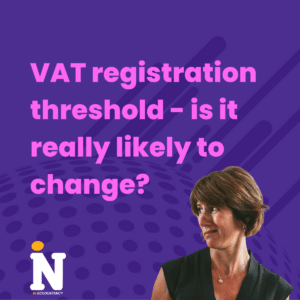If your company profits from the sale of a business asset, it probably owes Capital Gains Tax (CGT) against the proceeds.
Defining the asset is key. Business owners are probably well aware that items such as business premises are subject to CGT but intangible business assets can also be covered. HMRC makes specific reference to the goodwill of the business, for example; its name and reputation. If your business is sold as a whole, or the name is sold in part, CGT can apply to the goodwill you have built up over the years.
Once the asset is defined as being subject to CGT, valuing the asset can also mean that several factors must be considered. In the case of buildings and property, for example, HMRC makes specific reference to the expenditure businesses make on improvements.
It is tempting to accept that CGT on an amount of £10,000 may be due should a business sell a property for £100,000, originally purchased for £90,000. In actual fact though, if an extension costing £20,000 was added to the building in the meantime, then the business may actually need to report a £10,000 loss on the asset. Costs incurred during the course of selling the asset, such as commission and fees, can also apply.
Reporting any losses, which is also an essential part of the process, can also have an impact on the total amount of CGT businesses are liable for and can affect the levels of tax relief which are applicable. Reported losses can be counted against your gains, meaning that accounting for them is vital to accurately assessing your position.
The relief available for businesses also needs to be considered and is available in several different forms. Entrepreneur’s relief is explicitly not available to businesses but it is available to individuals who are sole traders or partners in a trading business. Business asset roll-over relief is another common form of relief, which can apply when the asset sold is replaced by a new asset to do the same job, such as a new premises for the company.
Remember that the CGT on assets must be calculated individually, but an overall picture will then present your total amount due, during self-assessment.






